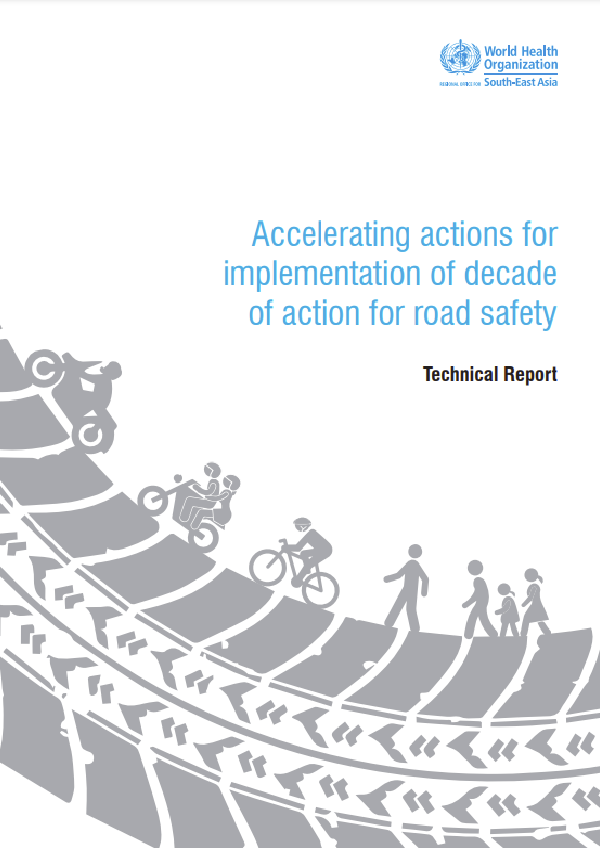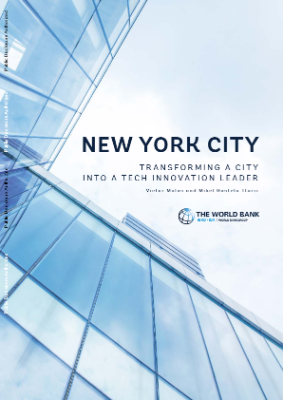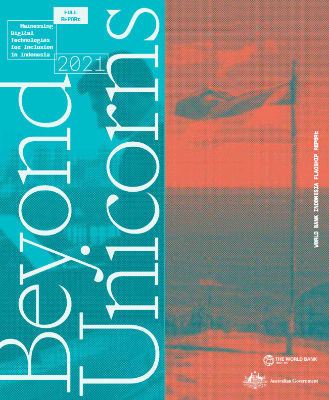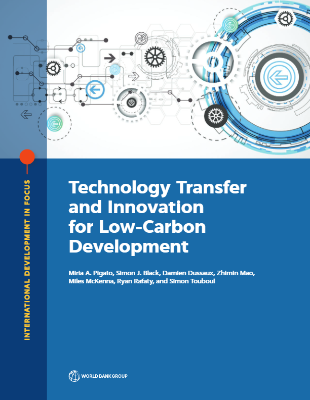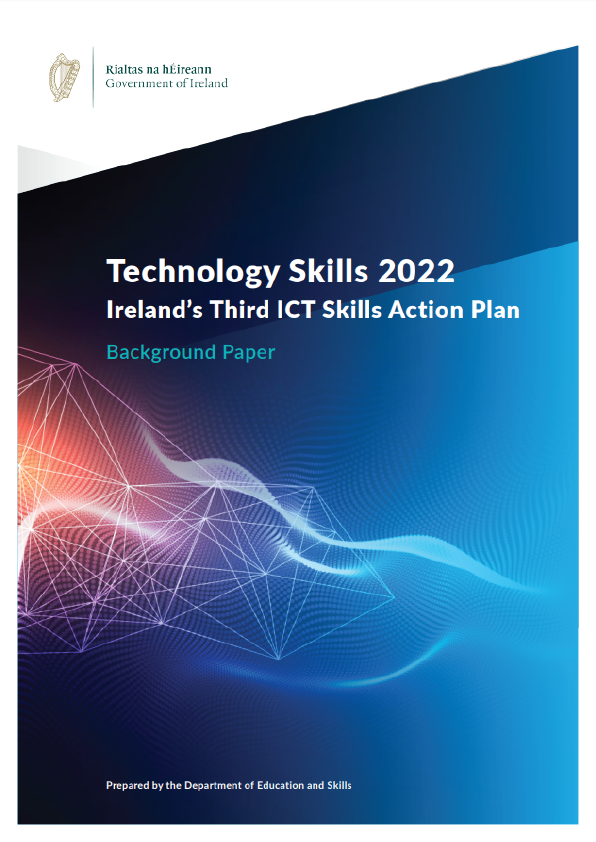Road traffic injuries are a major public health burden causing huge numbers of avoidable deaths and disabilities. Globally, over 1.3 million people are killed and up to 50 million injured in road accidents every year. Almost 90% of these deaths and injuries occur in low- and middle-income countries, putting an additional burden on health systems, besides causing loss of precious human resources, as well as untold misery and economic consequences to families and countries.
The WHO South-East Asia Region accounts for more than a quarter of all the global deaths due to road accidents. In 2013, as many as 316 000 people were killed in road crashes in the Region. Over 50% of these deaths were of vulnerable road users (VRUs), primarily motorized two-and three wheeler riders.
Road traffic injuries are predicted to increase to be the seventh leading cause of death by 2030 from the current ninth position, unless governments, stakeholders and partners step up efforts to address this issue as a priority.
The vulnerable road users – comprising pedestrians, cyclists and riders of powered two- and three-wheelers – are exposed to greater risks and are disproportionately vulnerable. In Thailand, approximately 75% of all road traffic deaths are of motorcycle riders; while in India and Indonesia more than half of all road accident deaths are of motorcyclists.
Road traffic crashes are a leading cause of death in the age group of 15–29 years, again mostly VRUs, robbing families of their youth and sometimes breadwinners.
Despite these alarming statistics countries in the Region are yet to have policies in place to separate vulnerable road users from high-speed traffic. The safety of this group must be addressed vigorously if reductions in the number of deaths at the national and regional levels are to be achieved.
Many countries of the WHO South-East Asia Region already have a large fleet of two- and three-wheelers, which is expanding further. E-bikes, or electricity powered bikes, though less polluting, pose significant road safety risks as they are silent, fast and do not require registration in many countries. They are more affordable than motorcycles, as a result, their numbers are particularly increasing in Bangladesh, Myanmar and Thailand.
With the number of VRUs set to grow even further, countries need to focus attention on this group while accelerating measures for the implementation of the UN Decade for Action for Road Safety 2011–2020.
In 2015, the Regional Strategy for Road Safety in South-East Asia assessed the progress against the Global Plan of Action for the Decade of Action for Road Safety and recommended 12 actions covering partnerships, capacity development, legislative reform, data, vehicle and infrastructure improvements and post-crash care.
The same year, the United Nations included two road safety targets in the 2030 Agenda for Sustainable Development – one in the Sustainable Development Goal 3: “Ensuring healthy lives and promoting well-being for all ages”, and the other in Goal 11: “Making cities and human settlements inclusive, safe, resilient and sustainable”. Target 3.6 includes reducing the absolute number of deaths from road traffic collisions by 50% by the year 2020 while target 11.2 encourages the inclusion of road safety – notably by expanding public transport – in cities.
Road crashes are not just health issues, and addressing them needs enhanced multisectoral collaboration among relevant ministries and with the private sector, academia, nongovernmental agencies and international/regional and other organizations, to scale up action across the Region, and up to the subnational levels.
This technical document seeks to provide evidence for action, trends and gaps, specially on VRUs, as the Ministers of Health from the WHO South-East Asia Region meet in Phuket, Thailand, from 29 November to 1 December 2017, to accelerate action on the five pillars of the Decade of Action for Road Safety 2011–2020: road safety management, safer roads and mobility, safer vehicles, safer road users and post-crash response.
The evidence provided through this document is expected to help countries set regional targets and indicators, as well as agree on activities to reach the 2020 targets of the Decade of Action for Road Safety and the 2030 SDG targets.
Time is running out for countries in the Region. There are less than three years for reaching the SDG 3.6 of halving the number of road traffic deaths and injuries, and for the Decade for Action for Road Safety to end. It is time to prioritize road safety; focus on vulnerable road users; address sociocultural issues; review and improve road safety legislation, enforcement, infrastructure and vehicle standards; and improve post-crash care to save thousands of lives.
It is time to drive and accelerate road safety initiatives with the highest levels of political commitment, as the efforts made by the countries of the WHO South-East Asia Region will be critical to achieve global goals and targets.
